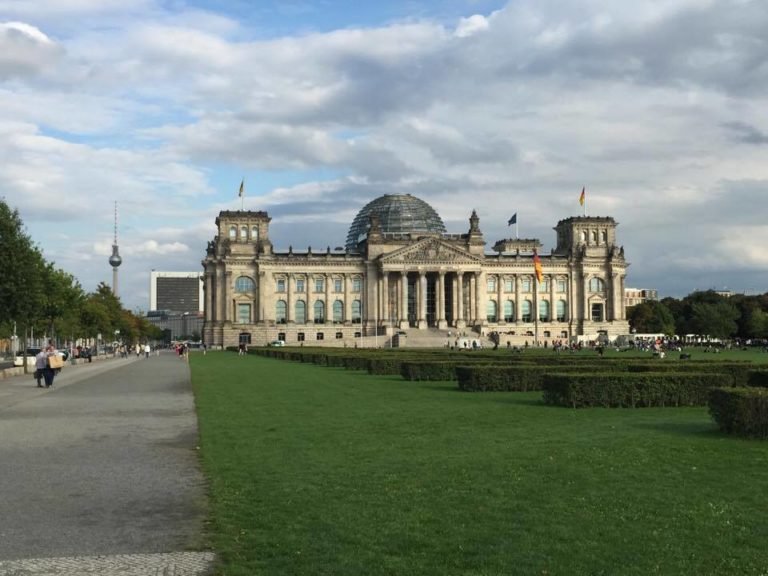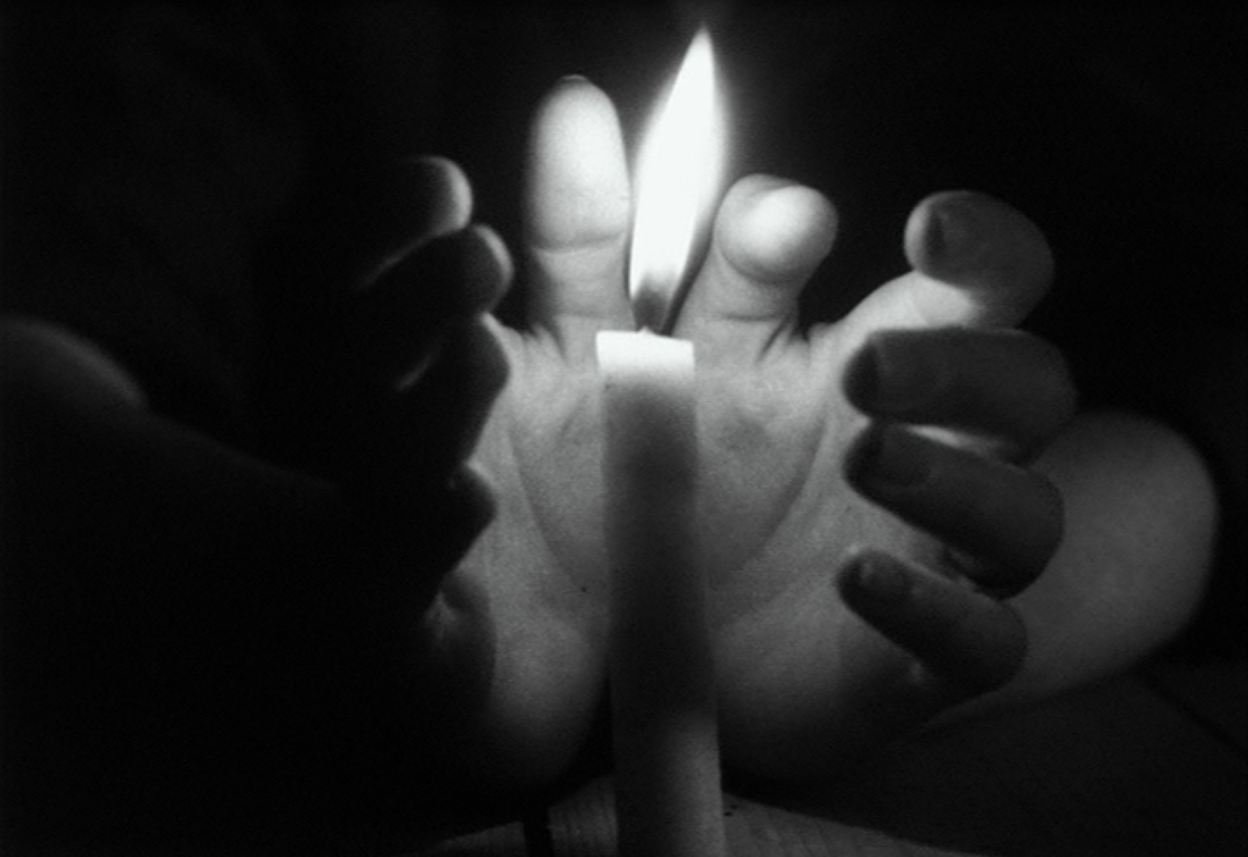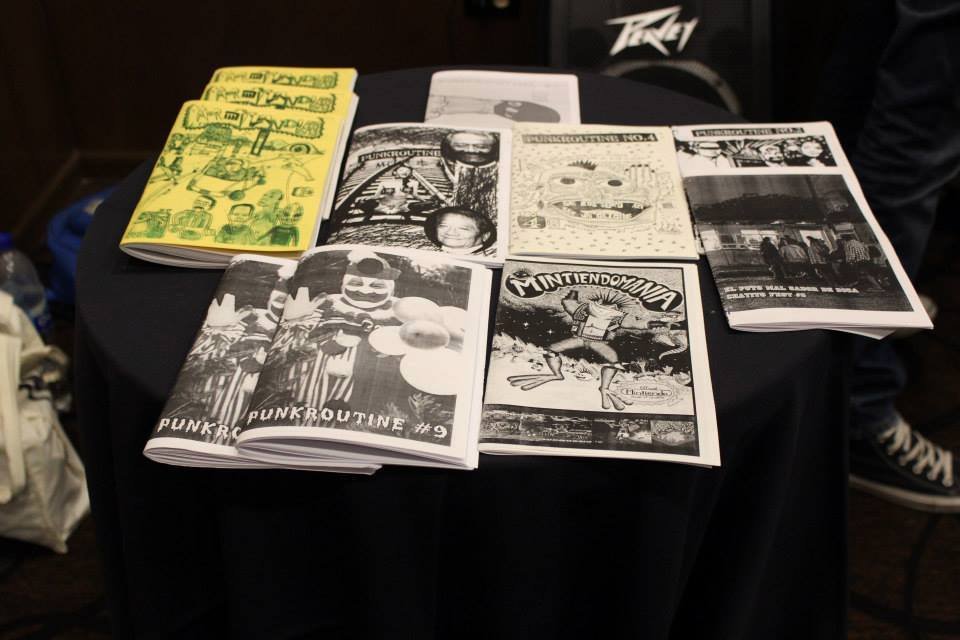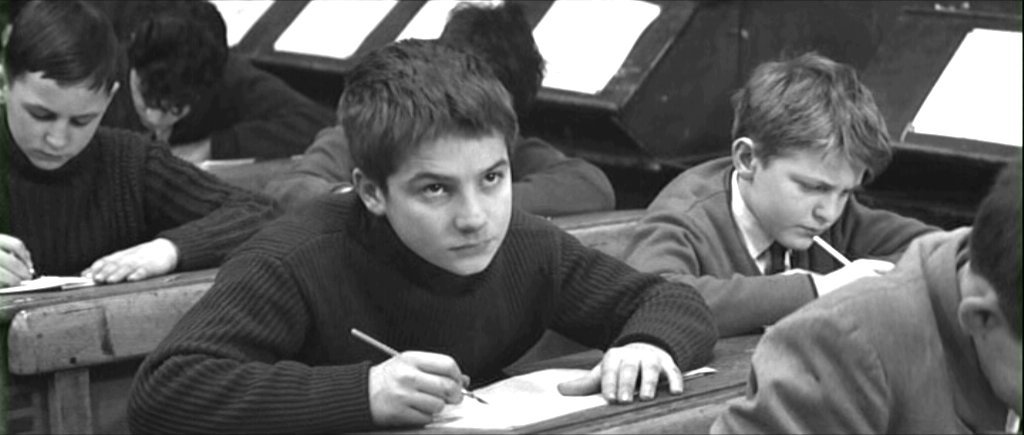On the Road, by Jack Kerouac, (1957) is arguably the best-known Beat Generation text. It embodies the rejection of the 1940s and 1950s notions of conformity and mass consumption, seeing that, throughout the novel, the author dismisses many of the norms that the society of the time lived by. Also it emphasizes the notion of motion as freedom from the repressive times during which it was written. The narrative follows the picaresque tradition, telling the story of Sal Paradise as he crisscrosses the country from east to west, mostly trying to spend time with his friend Dean Moriarty.
The period post Second World War was of unprecedented affluence in the USA. After a decade and a half of depression and war, Americans were eager to spend their paychecks to modernize their lives with automobiles, refrigerators and televisions. The post war years were also marked by a wave of conformity epitomized by the military industrial complex. However, no society can impose this much conformity and fear on its population without expecting a cultural backslash.
It is in this scenario of affluence and conformity that the Beat Generation emerged. According to Jack Kerouac, being beat is the “innocence of not understanding […] the money ways of civilization”. The Beats started as a group of Columbia University students who developed a philosophy, based on texts little known in the west, called The New Vision. The main idea proposed by The New Vision was to question every aspect of the social belief system.
On the Road is arguably the best known Beat Generation text. It embodies the rejection of the 1940s and 1950s values of conformity and mass consumption, seeing that, throughout the novel, Kerouac dismisses many of the norms that the society of the time lived by. William Burroughs, another leading member of the Beat Generation, said that “On the Road sold a trillion Levis and a million espresso machines, and also sent countless kids on the road… The alienation, the restlessness, the dissatisfaction were already there waiting when Kerouac pointed out the road”.
On the Road emphasizes the notion of motion as freedom from the repressive times it was written in. The narrative follows the picaresque tradition, telling the story of Sal Paradise as he criss-crosses the country from east to west, mostly trying to spend time with his friend Dean Moriarty.
The novel is structured as series of episodes where the characters are going from one place to another. They are constantly on the move, and the idea of settling is a reason for restlessness, since it represents the ideals of conformity of the time. As he describes Dean, Sal says: “he had no place he could stay in without getting tired of it and because there was nowhere to go but everywhere, he keeps rolling under the stars…” .
Nonetheless, this constant motion gets them nowhere, since, every time they arrived at the destination they sought after, they could hardly enjoy it because they wanted to leave for the next one. This becomes very clear in a conversation between Dean and Sal:
“Sal, we gotta go and never stop going ’till we get there.’
‘Where we going, man?’
‘I don’t know but we gotta go.”
This need to keep moving creates a pervading feeling of anxiety throughout the novel. Danish philosopher Søren Kierkegaard describes anxiety as “dizziness of freedom” since “anxiety is freedom’s actuality, the possibility of possibility”. Sal and Dean have complete freedom to move from one place to another, and these infinite possibilities are precisely the source of anxiety in the book.
According to Gabriel Josipovici in Either/Or Kierkegaard begins to explore “what it might mean for a youth with brains and imagination to grasp that he was free to do what he wanted and to grasp at the same time that that freedom condemned him to a life of melancholy and inaction, as though the plethora of possibilities made all actualities seem pale and insubstantial”. This is exactly what happens to Sal and Dean, as they realize that all the possibilities available to them have rendered them paralyzed in a constant circle of motion that leads them nowhere.
While Kerouac was planning On the Road, he wrote in his Forest of Arden notebook of the summer of 1948: “I have another novel in mind – On the Road – which I keep thinking about – about two guys hitch-hiking to California in search of something they don’t really find, and losing themselves on the road, and coming all the way back hopeful of something else”. It is the repetition of this search for something that they cannot find that has made them paralyzed, since they are constantly in motion, but at the same time they are stuck in this cycle.
Teresa Neves Andrade has a Bachelor degree in social communication specialized in Film from Fundacao Armando Alvares Penteado (Faap) and a Bachelor degree in Law from Pontificia Universidade Catolica de Sao Paulo (PUC-SP). with a long lasting interest in literature, music and film, she currently works as a filmmaker, songwriter and musical producer.






